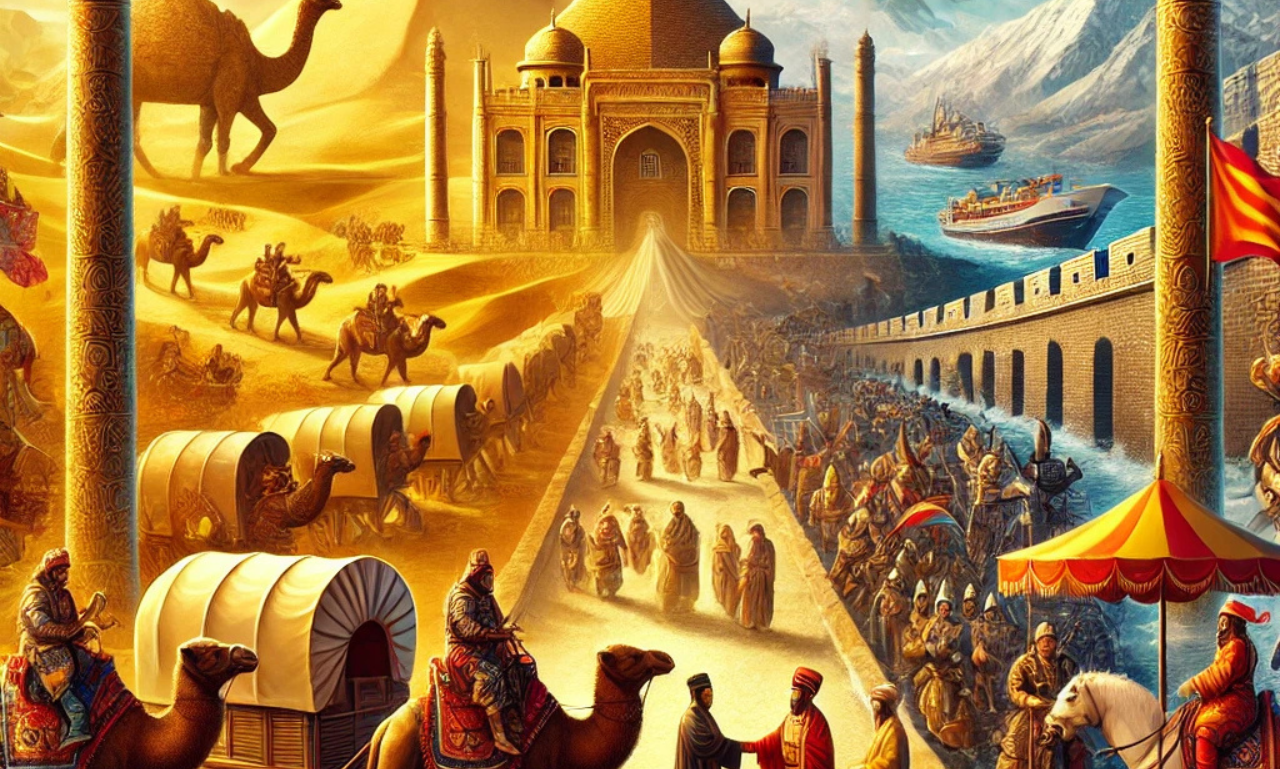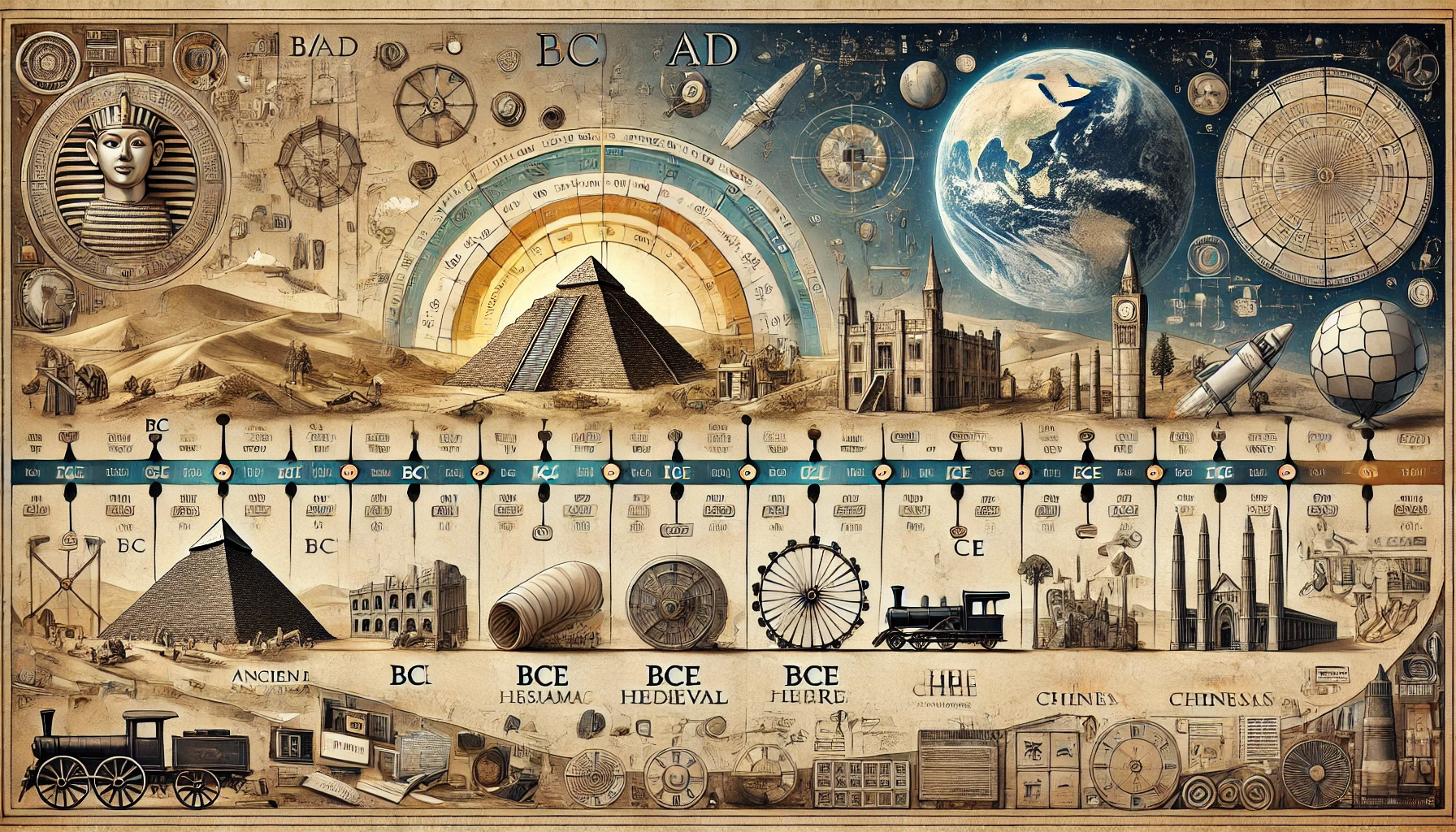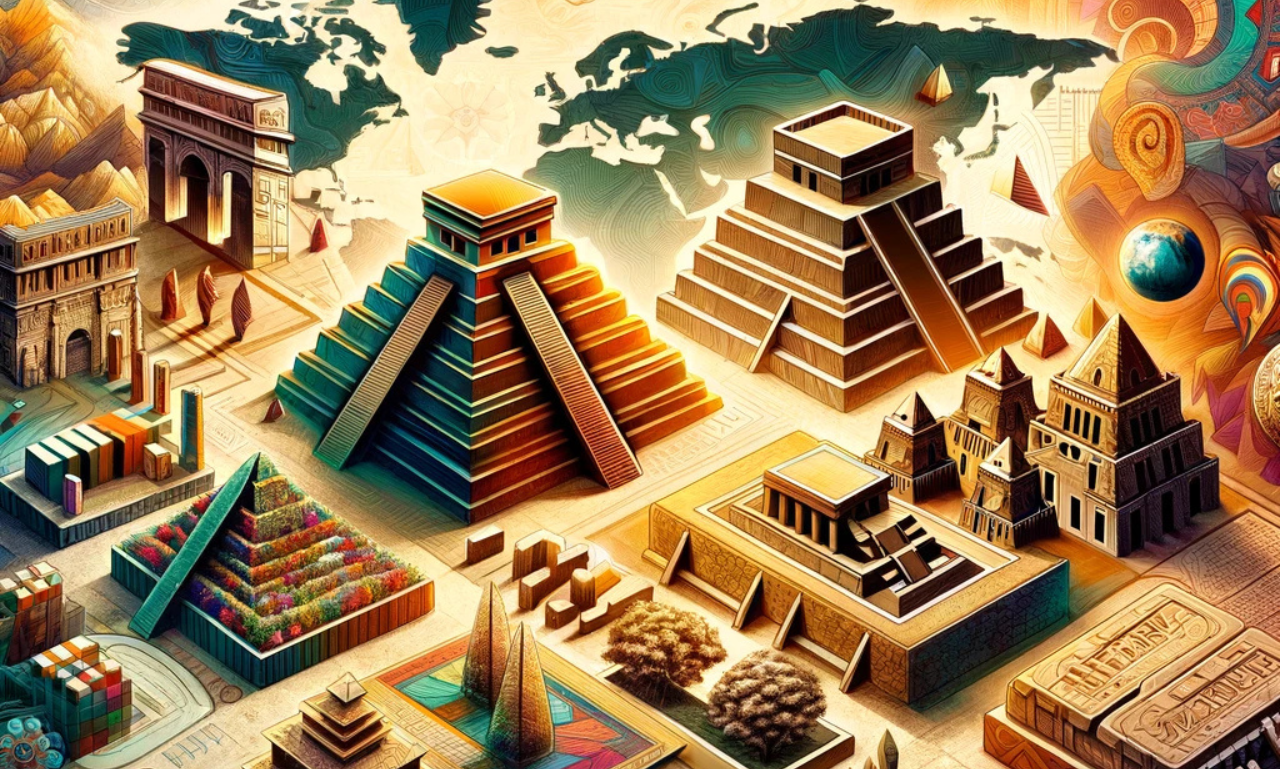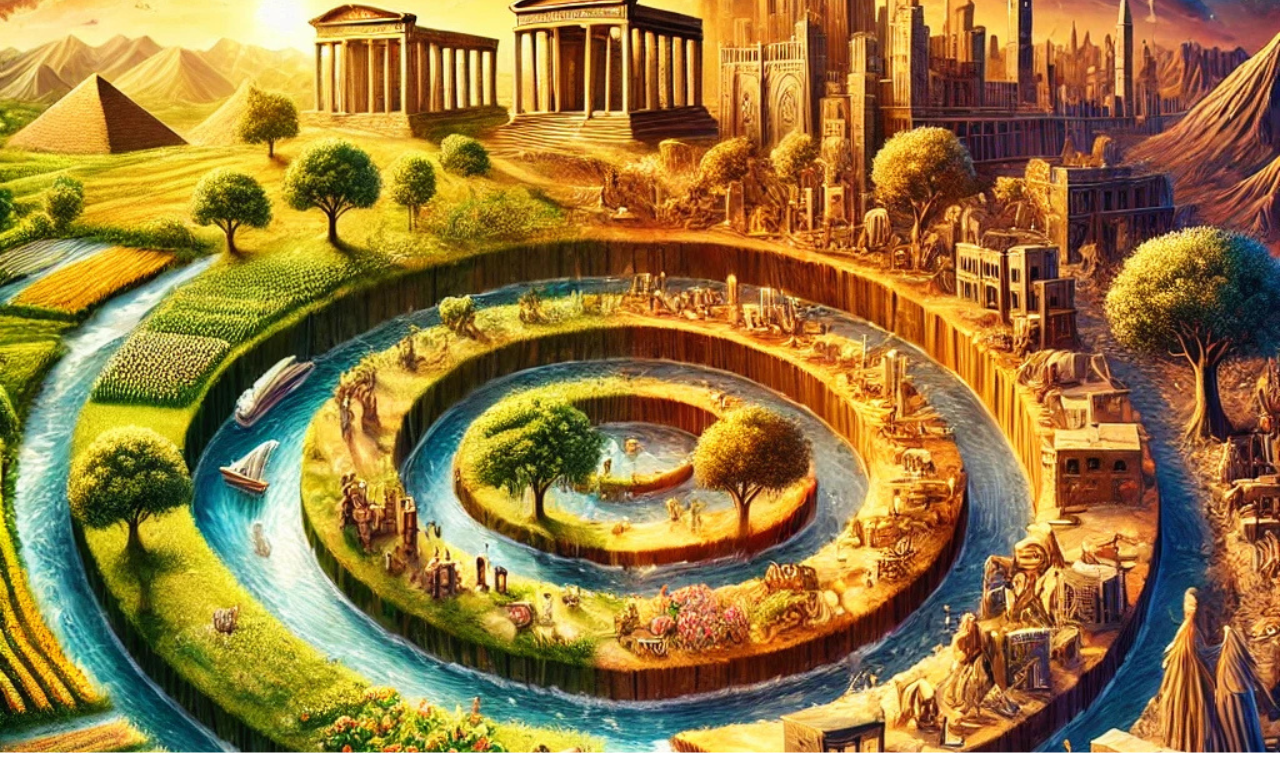Civilizations have always been more than just isolated regions of culture and prosperity. They thrived by interacting with one another via commerce, combat, and diplomacy. These exchanges were the lifeblood of their expansion, forming alliances, spurring scientific and cultural advances, and, on occasion, resulting in their demise. Let us look at how these factors created the foundation of previous civilizations and continue to shape our perspective of history today.
Trade: Civilization’s diplomacy
Ancient civilizations relied largely on trade to create networks that linked distant regions and cultures. These routes were more than just transportation channels; they carried ideas, faiths, and even unexpected effects such as diseases.
The Silk Road: An Iconic Trade Network
The Silk Road represents the interdependence of ancient civilizations. It stretched over 4,000 kilometers, connecting China’s heartlands to the thriving marketplaces of the Mediterranean. While silk was the most famous product, the Silk Road transported a wide range of goods, including spices, jewels, and metals. These contacts enhanced civilizations on both ends, promoting cultural and economic development.
Beyond tangible items, the Silk Road promoted the transmission of ideas and innovations. Buddhism, for example, was transported from India to China by traders and missionaries. However, this thriving commerce came with risks. The same roads that brought affluence also brought catastrophic diseases such as bubonic plague, which reshaped cultures in their wake.
Diplomacy between Egypt and Nubia: A Case Study in Trade
The link between Nubia and Egypt demonstrates how trade may develop cooperation and cultural exchange. Nubia, wealthy in gold and exotic items such as incense and animal skins, was an important trading partner for Egypt. In exchange, Egypt exported cereals, wine, and handcrafted items. This interaction extended beyond economy to religious activities, with Nubian kings frequently adopting Egyptian gods and rites.
China and Central Asia: Sharing Goods and Beliefs
Trade relations between China and Central Asia were critical in spreading material and spiritual prosperity. Silk from China and horses from Central Asia were among the main commodities traded. Along with these items, Buddhist scriptures and ideas entered China, making an indelible mark on the country’s cultural landscape.

Warfare: A Double-Edged Sword
While commerce demonstrated the cooperative nature of societies, combat exposed rivalry and strife. Large-scale conflicts, sieges, and battles frequently changed the political, cultural, and financial scene of past countries.
The Persian Wars: A Clash of Civilizations
Conflicts between the vast Persian Empire and the city-states of Greece comprised the Persian Wars (499–449 BCE). These conflicts aimed not only at territory but also at cultural preservation. The Greeks protected their unique way of life by repelling the Persians, even though they were outnumbered. Following these battles, Athens became a major maritime force and prepared the ground for next hostilities, such as the Peloponnesian War.
The Aztec Conflicts: Power and Sacrifice
Rising from Tenochtitlan, the Aztec Empire was a major power in Mesoamerica. Their military operations sought not just territory expansion but also prisoner capture for religious sacrifices. Fundamental to Aztec religion, this habit caused conflicts with surrounding tribes. These disputes along with the tribute system imposed on conquered areas caused internal strife. Many indigenous tribes sided with Spanish conquistadors when they came, which helped the Aztecs to collapse finally.
Technological Advances in Warfare
Technology innovation spurred by warfare also changed power relations by itself. The development of the chariot transformed old conflicts and gave nations that perfected its usage strategic benefits. Other developments, such as the composite bow, siege weaponry, and better metallurgy, changed the nature of combat and decided the destiny of empires.
Diplomacy: The Quiet Force of Stability
War gets a lot of attention, but communication was also very important in creating old societies. Envoys, deals, and planned weddings helped civilizations make agreements, maintain peace, and ensure stability.
The Amarna Letters: The Treasure of Diplomacy
The Amarna Letters, which were found in the ancient Egyptian city of Akhetaten, which is now called Amarna, show how people communicated during the Late Bronze Age. These cuneiform tablets show letters that Egyptian pharaohs sent to kings of big countries like Babylon, Assyria, and the Hittites. They show pleas for gold, promises of loyalty, and marriage offers. This shows how the ancient Near East was a complex web of relationships and rivalries.
The Chinese Tributary System: Diplomacy with Distinction
China’s tribute system is an example of a unique way to handle diplomatic issues. In return for security and trade advantages, neighboring states agreed that the Chinese ruler was better. This system wasn’t just about control; it was also good for everyone because it let vassal states get things and status from China. There was a balance of power and respect there, which kept the area stable.
Royal Marriages: Bonds Beyond Borders
In earlier times, marriage was a strong way to build relationships with other people. Royal families entered into marriages to negotiate, maintain peace, and fortify their bonds. Often, these unions had big effects on society and politics, passing on technologies and cultural practices and even combining countries in some cases. But when political situations changed, they could also become causes of stress.

The Impact of Ancient Exchanges
The way societies interacted with each other through trade, war, and peace talks had a huge impact on history. Trade paths were ways for people to send and receive things, ideas, and tools. Wars are bad, but they often lead to new ideas and change how societies work. With its modest but strong effect, diplomacy has helped keep things stable and cooperative for long periods of time.
These conversations tell us that people from different cultures have always been linked. Their stories aren’t just about single accomplishments; they’re also about how unity and disagreement change over time. When we think about these exchanges from the past, we get a better sense of how complicated our history is. When we understand these links, we can see how the lessons of the past still apply to our present day.
People have always been motivated to connect and develop, inventive, and resilient. This is our human narrative. People from the past created the world we live in now, whether it was in the crowded marketplaces of the Silk Road, in the conflicts of the Persian Wars, or in the royal halls of official nuptials. Their influence demonstrates the strength of individuals working together and establishing relationships.




